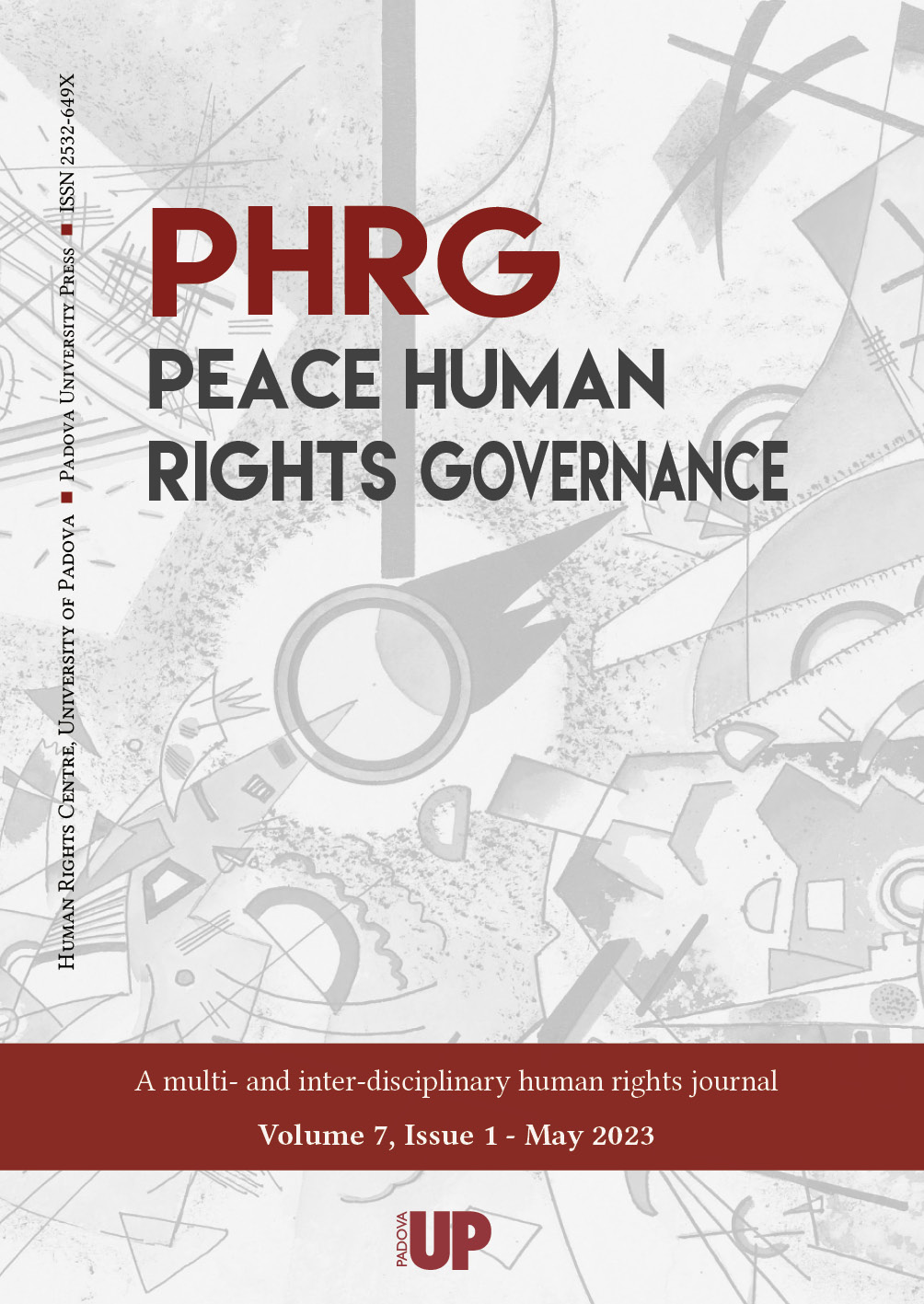Collections

The Relevance of Perceptions over Temporariness of Emergency and Crafted ‘Migrant’ Identities in the European Response to Migration Originating from Conflict Situations. The case of Ukraine
- Sito internet
- Peace Human Rights Governance 7(1)
- Pubblication type
- Articolo / Saggio
- Pages
- 45-79
- Language
- EN
Differences between the measures adopted by the EU as a response to the Russia-Ukraine war and to other recent mass displacement situations are striking. They resulted in what has been described as a more humane approach to this last ‘refugee crisis’. But is it really so? The underlying causes of such differential treatment have been identified in a multiplicity of factors, such as geographical and cultural closeness, and geopolitical dynamics. Relying on existing literature and first-hand professional experience of the authors, this contribution aims at adding a layer of complexity to this investigation. The hypothesis presented is that the perception of ‘temporariness’ of the emergency, by EU institutions and MS, European civil society and Ukrainian forcibly displaced people themselves, played a key role in the definition of measures to respond to mass displacement. Additionally, the perception of stereotyped migrants’ profiles – differentiating between Ukrainian nationals fleeing war but willing to return, and non-Ukrainian migrants as desperate individuals, coming from ever-lasting conflicts and in search of a better life in Europe – had a huge impact on states’ responses and citizens’ welcomeness. The contribution concludes with suggesting a degree of caution in projecting externally-crafted identities and expectations over individuals and translating them into policies. Perceptions are flexible elements to base adoption of legislation upon, and uncertain geopolitical scenarios may lead to their sudden mutation, which would be hardly coupled with parallel legislative amendments. The unprecedented openness of legislative and political measures did in fact bring human security at the centre of the European political agenda. Alas, not yet for everyone.

